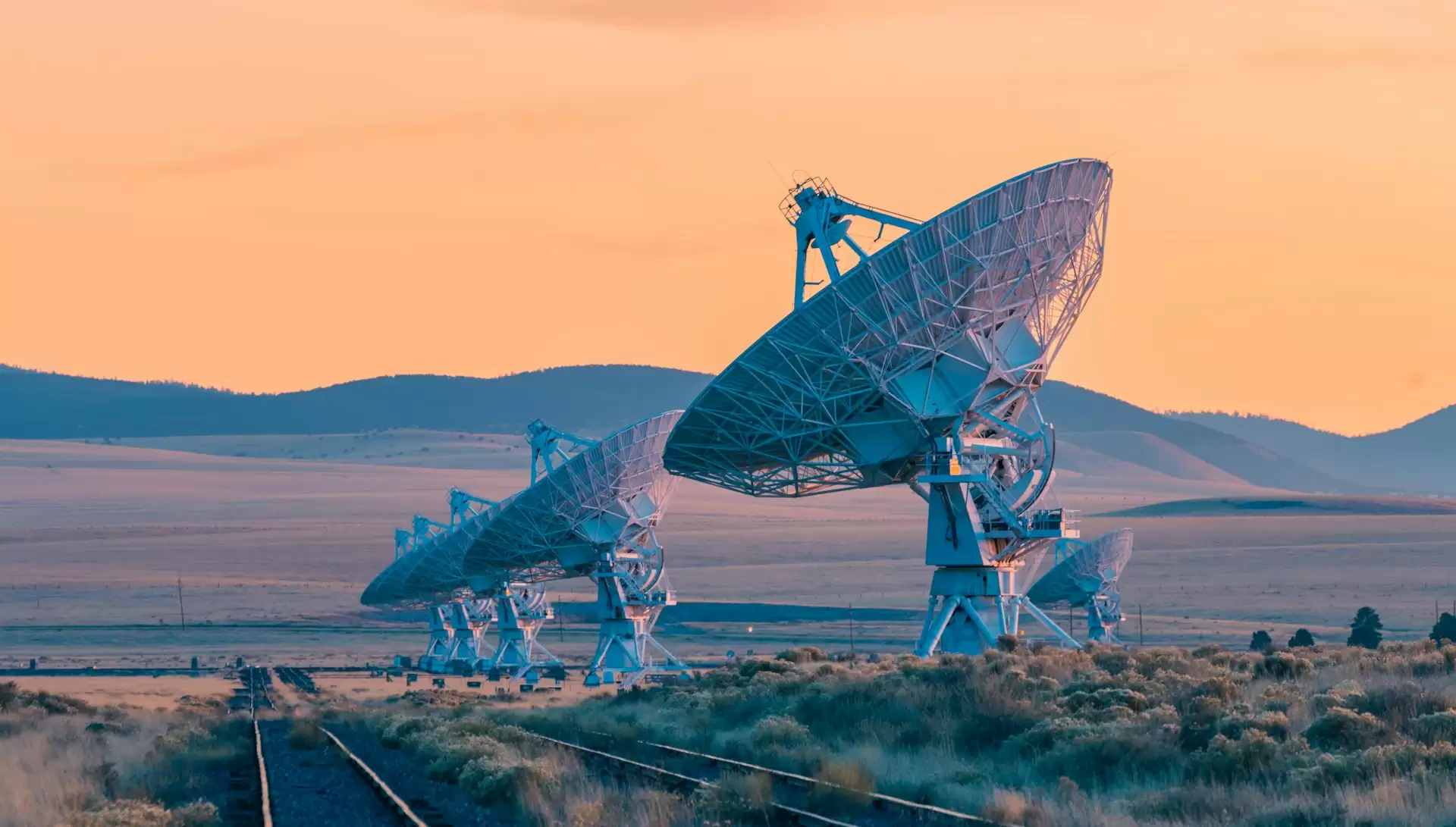Introduction
In today’s rapidly changing climate, carbon credit markets have emerged as crucial tools for companies, governments, and organizations to offset their greenhouse gas (GHG) emissions. One of the cornerstones of an effective carbon credit system is the accurate measurement, reporting, and verification (MRV) of emissions reductions. MRV technology plays a pivotal role in ensuring the transparency, credibility, and integrity of carbon credits in the market. This article will delve into the significance of MRV technology in carbon credits, its role, and how it contributes to the success of carbon offset programs worldwide.
What is MRV Technology?
MRV stands for Measurement, Reporting, and Verification, a process designed to quantify, monitor, and ensure the validity of carbon credits issued for emission reduction activities. These credits are created when a project reduces or avoids GHG emissions, and MRV technology is used to confirm that the claimed emissions reductions are real, additional, and permanent.
- Measurement involves collecting data on emissions reductions, typically using sensors, satellite data, or direct measurements.
- Reporting refers to the formal documentation of the emission reductions, detailing how and when reductions were achieved.
- Verification is the process by which independent third parties assess and confirm that the reported emission reductions are legitimate.
This comprehensive process ensures that carbon credits are reliable and accurately reflect their true environmental impact.
The Role of MRV Technology in Carbon Credits
The carbon credit market hinges on trust and accuracy. Without robust MRV technology, the system could be susceptible to fraud, misreporting, and inflated emissions reductions. Here’s why MRV technology is critical for carbon credits:
1. Ensuring Credibility of Carbon Credits
Carbon credits are only valuable if they represent genuine reductions in GHG emissions. MRV technology ensures that carbon offset projects follow strict protocols to measure emissions reductions accurately. It provides transparent, verifiable, and reliable data, which enhances the credibility of carbon credits. This is especially important in a world where consumers and businesses are becoming more discerning about the environmental impact of their investments.
2. Reducing Risks of Greenwashing
Greenwashing occurs when companies falsely claim environmental benefits to enhance their public image. In the carbon credit space, greenwashing can undermine the integrity of the entire market. MRV technology mitigates this risk by providing a system of checks and balances to ensure that credits are awarded only for legitimate emissions reductions.
3. Enabling Market Transparency
Transparency is a fundamental aspect of the carbon credit market. MRV technology helps stakeholders, including regulatory bodies, investors, and the general public, understand the progress and impact of carbon offset projects. The transparency provided by MRV technology ensures that the carbon credit market remains accountable and that projects are assessed according to international standards.
4. Supporting Carbon Credit Pricing
The value of carbon credits is influenced by the credibility of the emission reductions they represent. MRV technology ensures that the carbon credits are accurately priced by confirming the amount of emissions reductions achieved. Projects with high-quality, verifiable MRV data are more likely to receive higher prices for their credits because they have been proven to contribute meaningfully to emissions mitigation.

Key MRV Technologies in the Carbon Credit Sector
Advancements in technology have significantly improved the MRV process. Several MRV technologies are now being used to monitor emissions reductions in carbon offset projects. These technologies range from traditional methods to cutting-edge innovations like satellite imaging and blockchain.
1. Satellite and Remote Sensing Technology
Satellite technology plays a crucial role in monitoring and measuring carbon offset projects, particularly those involving large-scale land use and forestry activities. Satellite sensors can capture data on vegetation, land cover, and deforestation rates, providing valuable insights into carbon sequestration efforts. This technology enables real-time monitoring of remote or hard-to-reach areas, ensuring accurate emissions reduction data for projects like reforestation, afforestation, and sustainable land management.
2. IoT and Sensor Networks
The Internet of Things (IoT) and sensor networks are used to track and measure emissions at the project level. Sensors can be placed in the field to measure variables like CO2 levels, air quality, and soil health. IoT devices provide continuous data collection, allowing project developers to monitor emissions reductions in real time. These sensors can be deployed in various sectors, including agriculture, renewable energy, and industrial processes, offering precise data on emissions reductions.
3. Blockchain for Data Integrity
Blockchain technology is emerging as a tool for ensuring the integrity of MRV data. By creating a decentralized, immutable record of emissions reductions, blockchain prevents tampering and manipulation of data. Blockchain can be used to securely record the results of MRV processes, such as measurements, reports, and verifications, ensuring transparency and accountability throughout the carbon credit lifecycle.
4. Artificial Intelligence (AI) and Machine Learning
AI and machine learning algorithms are being used to enhance the accuracy and efficiency of MRV processes. These technologies can analyze large datasets to identify patterns, predict emissions reductions, and detect anomalies. For example, AI can be used to analyze satellite images for signs of deforestation or to assess the health of forest ecosystems. Machine learning algorithms can also improve reporting accuracy by identifying trends in emission reductions over time.
5. Third-Party Verification Platforms
Independent third-party verification bodies play a crucial role in validating carbon offset projects. Many MRV technologies are integrated with verification platforms that allow third-party auditors to access real-time data and verify emissions reductions. These platforms enhance the credibility and transparency of carbon credits by ensuring that the MRV data is accurate and reliable.
Benefits of MRV Technology for Carbon Credit Projects
The integration of advanced MRV technology into carbon credit projects offers several benefits, making them more efficient, transparent, and accessible:
- Accuracy: MRV technology ensures that the data used to calculate emissions reductions is precise and reliable, which is essential for generating high-quality carbon credits.
- Efficiency: Automated data collection and analysis reduce the time and cost of the MRV process. This makes it easier for small and medium-sized projects to enter the carbon credit market.
- Scalability: MRV technologies can scale to accommodate a wide range of carbon offset projects, from small-scale reforestation efforts to large-scale renewable energy projects.
- Real-Time Monitoring: Technologies like IoT sensors and satellite imaging allow for continuous monitoring of projects, making it possible to track emissions reductions in real time and ensure that projects stay on track.
- Reduced Risk: By providing transparent, verifiable data, MRV technology reduces the risk of errors, fraud, and misreporting in carbon credit projects.
Challenges and the Future of MRV Technology
While MRV technology has made significant advancements, there are still challenges that need to be addressed:
- Data Accuracy: In some cases, the technology used to measure emissions reductions may not be precise enough, leading to potential errors in reporting.
- Costs: The adoption of advanced MRV technologies can be costly, which may be a barrier for smaller projects, especially in developing countries.
- Standardization: There is a need for standardized MRV protocols that can be universally applied across different sectors and regions to ensure consistency and comparability of carbon credits.
The future of MRV technology holds great promise. As technology continues to evolve, it is likely that MRV systems will become more automated, precise, and cost-effective. The integration of AI, blockchain, and satellite technologies will likely play a key role in enhancing the transparency, efficiency, and scalability of MRV processes.
Conclusion
MRV technology is the backbone of the carbon credit market, ensuring that emissions reductions are accurately measured, reported, and verified. With the help of advanced technologies like satellite imaging, IoT sensors, and blockchain, MRV systems can provide transparent, reliable data that bolsters the credibility of carbon credits. As the global demand for carbon offsetting grows, the role of MRV technology will only become more critical in ensuring that carbon credits represent genuine emissions reductions and contribute to the fight against climate change.
For organizations looking to engage in the carbon credit market, investing in robust MRV technology is essential to ensuring the success and integrity of their carbon offset projects. By embracing innovative MRV solutions, businesses can not only enhance their sustainability efforts but also contribute to a greener, more transparent future.
About GreenUP
Pioneering the Green Transition with Expertise and Innovation. With over 10 million I-RECs issued since 2019, we are Vietnam’s leaders in renewable energy certification. Our comprehensive suite of services, positions us uniquely as a one-stop solution for all your green and ESG needs. Experience unparalleled market access, competitive pricing, and strategic partnerships that drive not only cost savings but also significant value to your sustainability goals.







